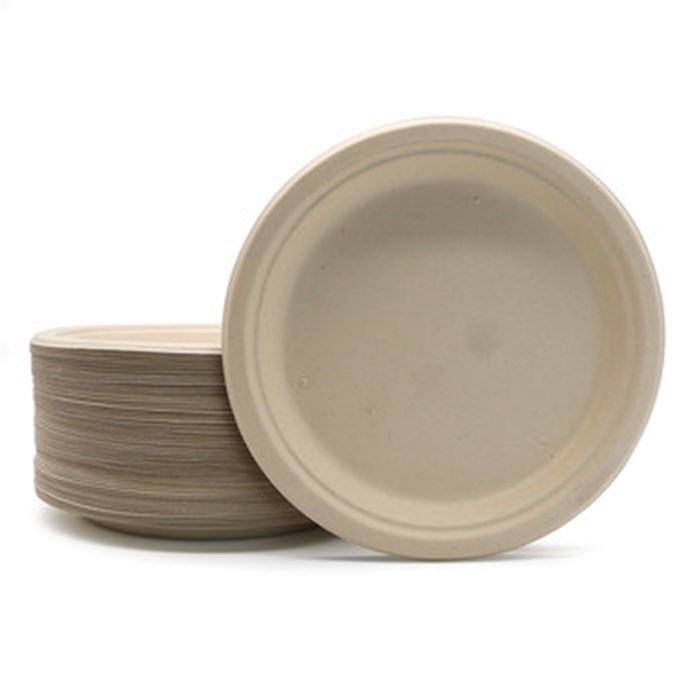According to a new report from Rabobank, the inflationary pressure on packaging materials will continue to rise in 2022, leading to double-digit price increases, with food packaging as the main contributor.
Rabobank pointed out that by 2022, consumer retail demand in the United States will remain strong. Total retail sales have achieved a compound annual growth rate of 10.3% in the past two years, and commodities need more packaging than before. In many cases, demand has exceeded the growth of packaging production, resulting in tight food packaging market and high opening rates of various materials, such as beverage cans, corrugated boxes and pet milk bottles. At the same time, due to the increase of energy, transportation and labor costs, cost inflation is increasingly hitting the packaging industry. The report pointed out, “coupled with the conflict in Ukraine, these factors will lead to the continuous rise in food packaging prices in the next 12 months.”
In the field of fiber packaging, the report shows that corrugated board in the United States has experienced five price increases since the epidemic, only one less than in the past 10 years. Since 2020, e-commerce sales have surged by 14.3%. Recent cost increases and industry consolidation have led to continued price increases. Although fiber is the most important cost component (in North America, it is relatively unaffected by the Ukrainian war), other supply chain factors will also increase and affect paper prices.
*Soaring energy costs in Europe have brought great uncertainty to European paper makers. In q4-21, oil-based energy accounts for 3% to 8% of the total cash cost in North America. As the price of crude oil may rise by 45%, the energy cost of paper packaging is expected to increase by 3.4%.
*Transportation and fuel costs will also rise at a double-digit rate, so production costs are expected to rise by 2.3% to 3.6%.
*Corn starch is a small but essential papermaking chemical in North America. In the past two years, the North American market has experienced a situation of tight supply and strong demand. Since the war between Russia and Ukraine, the price of corn has soared again. The current price is twice that of two years ago, which strongly indicates the continuous upward trend of corn starch price.
*Due to short-term capacity constraints and increased costs, Rabobank predicts that corrugated paper prices may increase by double digits in 2022.
As for folding carton packaging, Rabobank said that its demand outlook is more stable, but like corrugated cardboard packaging, it is affected by general potential inflation factors.
In the field of plastic packaging, the report points out that in the past two years, due to weather events, infrastructure paralysis, covid-19 and labor shortages, there has been a once-in-a-lifetime price rise. However, the company said that the demand for resin remained strong because the US economy showed flexibility even in the face of higher inflation and fuel prices.
In 2021, the price of pet and other major packaging resins increased by $0.26/lb, or 48.6%. Recent events in Ukraine continue to put upward pressure on packaging resins, and pet prices in the region rose by $0.20 / pound in the first two months of 2022. North America relies heavily on imported materials, and there is no improvement in this regard due to the continuous supply of domestic PET production.
Rabobank said that the continuous war in Ukraine led to fluctuations in the global energy market, forcing the price of packaging resin to rise. Polyethylene suppliers announced that the price rose by US $0.04/lb in March and further rose by US $0.04 to US $0.05/lb in April. Due to the high cost of monomer and benzene raw materials, polystyrene used in food packaging is experiencing a price rise of 0.05 US dollars / pound. Prices are rising throughout the resin supply chain.
Despite the rise in prices, the report points out that there is some relief in North America, especially in the supply of PE, and several new chemical plants have been put into operation this year. “Most of these factories were originally designed for the export market, but logistics problems may hinder the 40% export target and readjust some supplies to alleviate the domestic market,” the report said
Aluminum prices fluctuate greatly, with a rise of more than 40% in the past two years. The U.S. market continues to be dominated by a huge supply gap, resulting in the import of 15billion cans in 2021, accounting for more than 15% of the long-term demand of the United States. In addition, there are already huge supply and demand constraints in the global market. The recent sharp rise in energy prices has added another layer of inflation to high energy consuming industries. Rabobank said, “we not only expect prices to rise in 2022, but we also expect small beverage producers to face the continued risk of a shortage of aluminum cans.”
The glass packaging supply chain is energy intensive and is expected to be seriously affected by the rise in energy costs. As the largest importer of glass bottles, the supply of glass bottles in the United States is more closely linked to the global market, and the impact of the EU energy crisis may be more obvious. Supply is expected to be tight in the next 12 months, especially for breweries, breweries and craft brewers.
Post time: Jul-20-2022

